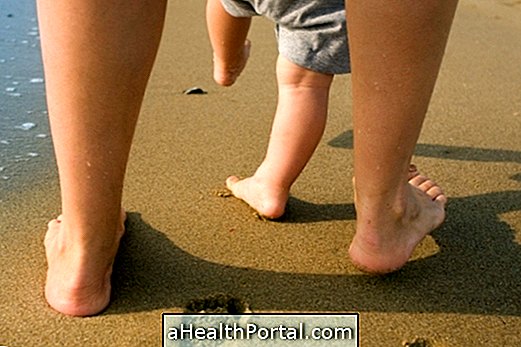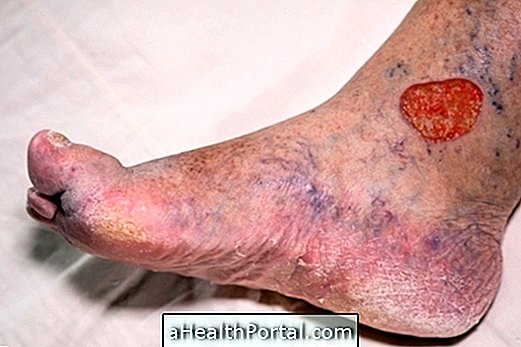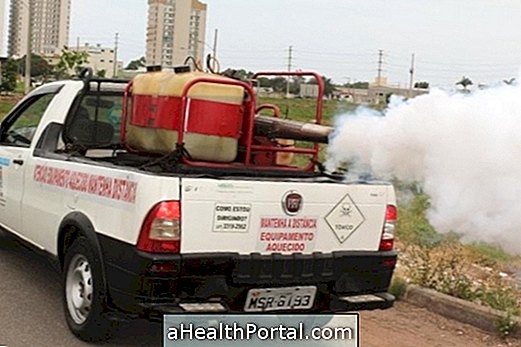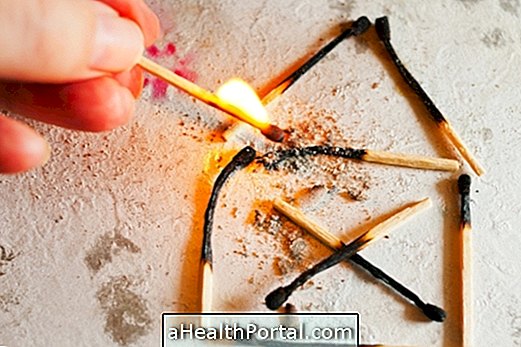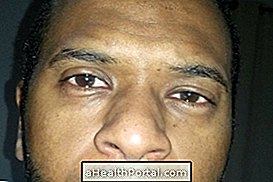Fracture of the spine is a serious problem that can cause permanent paralysis of the legs or body depending on the affected vertebra.
Generally, spinal fractures are caused by traffic accidents, high-altitude falls or sports accidents, but this type of injury may also arise spontaneously in patients with osteoporosis or bone tumors due to weakening of the spinal bones.
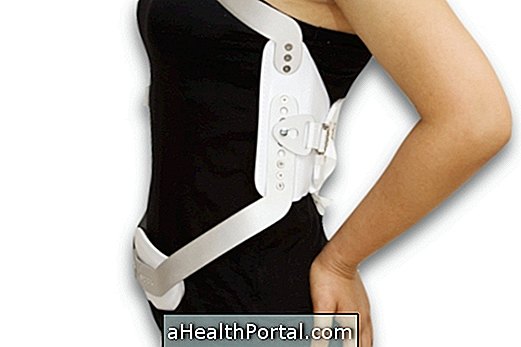
Treatment must always be started at the hospital and be guided by an orthopedist, as it varies according to the degree of the injury, but usually includes:
- Use of Jewet vest, cervical collar or plaster: used in cases of spine fracture without lesions in the spinal cord. Normally, this type of conservative treatment is maintained for 8 to 12 weeks, until the vertebrae heal;
- Surgery: in case of severe fractures and when the medulla is affected, using a screw-like metal support, which aligns the spine and supports the weight of the body.
During recovery, you should rest completely during the first week and start slower daily activities such as walking and sitting, avoiding heavy exercise such as running, swimming or lifting weights, respecting all doctor's instructions.
When treatment is not done properly, even in mild injuries, fracture worsening may occur, and in such cases, there may even be a risk of paralysis, even if the bone marrow has not been affected in the first place.
When to do physiotherapy
While it is necessary to remain at rest, the orthopaedist may indicate that physical therapy sessions are performed to facilitate circulation and prevent muscular atrophy or the appearance of bedsores. In addition, in some cases, the physiotherapist may use a magnetotherapy device, called Meganetron, which stimulates bone formation, facilitating fracture consolidation. See all the benefits of this technique.
The physiotherapist can also perform breathing exercises to prevent respiratory infections and to release secretions that are accumulating in the lungs. See 5 exercises to breathe better after surgery.

How to speed recovery
Some care that helps prevent complications and accelerate recovery of the vertebrae include:
- Absolute rest in bed in the early days, making only the movements allowed by the orthopedist;
- Keep legs slightly elevated, using 2 pillows under feet to facilitate circulation;
- Start slowly daily activities, with indication of the doctor and avoiding more intense exercises like running or swimming, for example;
- Avoid jerking your spine, such as turning your neck or back;
In addition, hydrotherapy, which is a lighter type of physiotherapy in water, can be a great way to speed up the recovery process because it allows you to work and strengthen your spinal muscles without causing pain.
During the recovery period it is still important to make a balanced diet, not to get fat, and also rich in calcium and vitamin D, to help strengthen bones, especially in the case of elderly people with fractured spine due to osteoporosis. Learn more about making a diet for osteoporosis, which can help in case of fractures.
After full recovery from surgery and according to medical guidance, calcium-rich foods are recommended and eaten, and regular and gradual exercise to strengthen bones. Know other tips by watching this video of our nutritionist and our physiotherapist:

Main sequelae of spinal fracture
After a spinal cord injury, the cord, which is a bundle of nerves that passes through the spine, can become damaged and compromise the movements of the body parts below that point. Thus a fracture in the neck (neck) can cause total paralysis of the body, whereas a fracture in the lumbar spine (back of the back) or thoracic can cause paralysis in the legs.
Usually, fracture complications in the spine arise immediately after the accident, during transport to the hospital or within the first few hours after starting treatment.
Anatomy of the spine

Fractures in the spine can affect only the bone without causing damage to the inside of the spinal cord. In these cases, there are no serious sequelae, such as paralysis, requiring only resting and treatment, under the guidance of the orthopedist, for the vertebral bone to recover.



